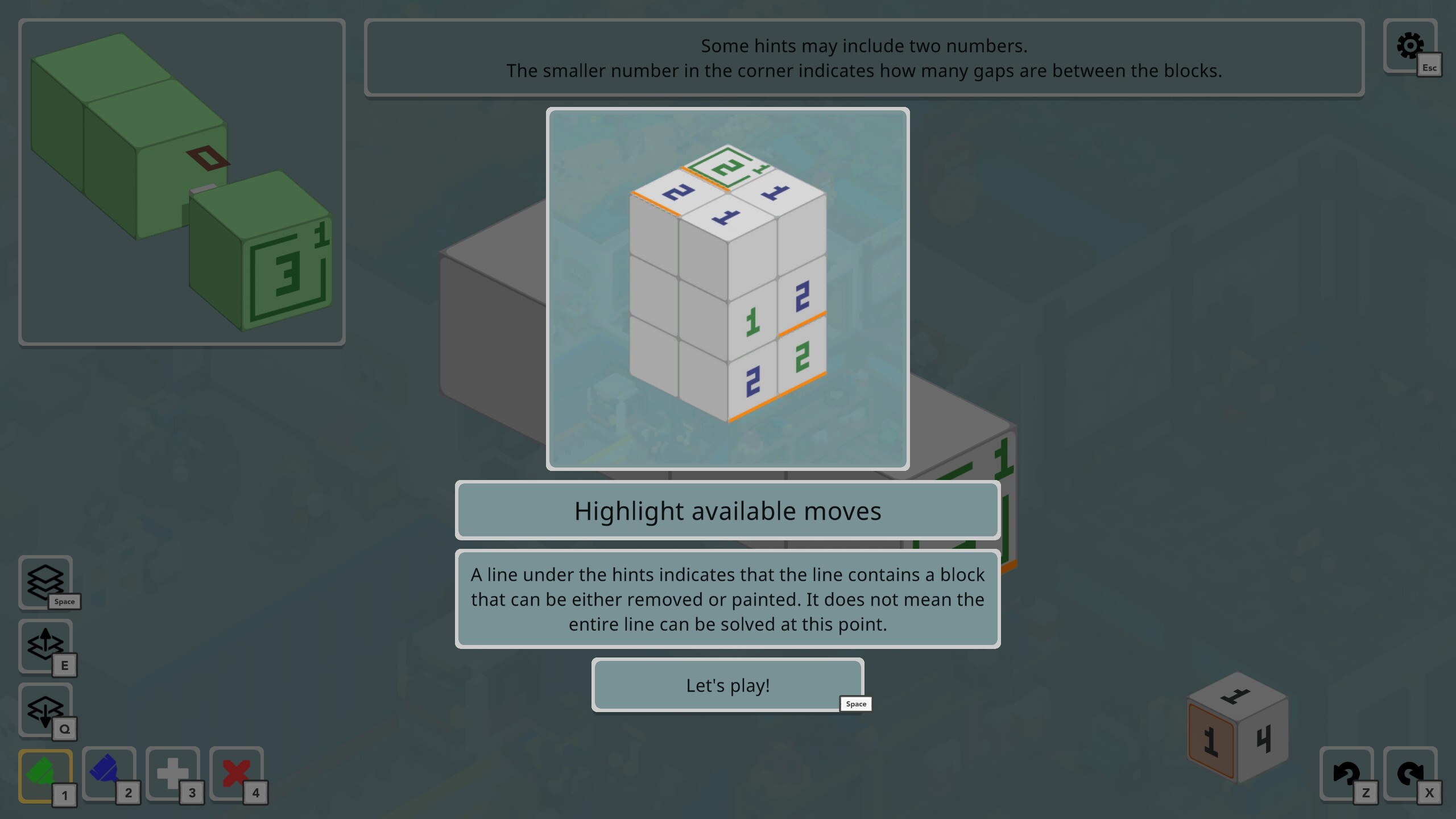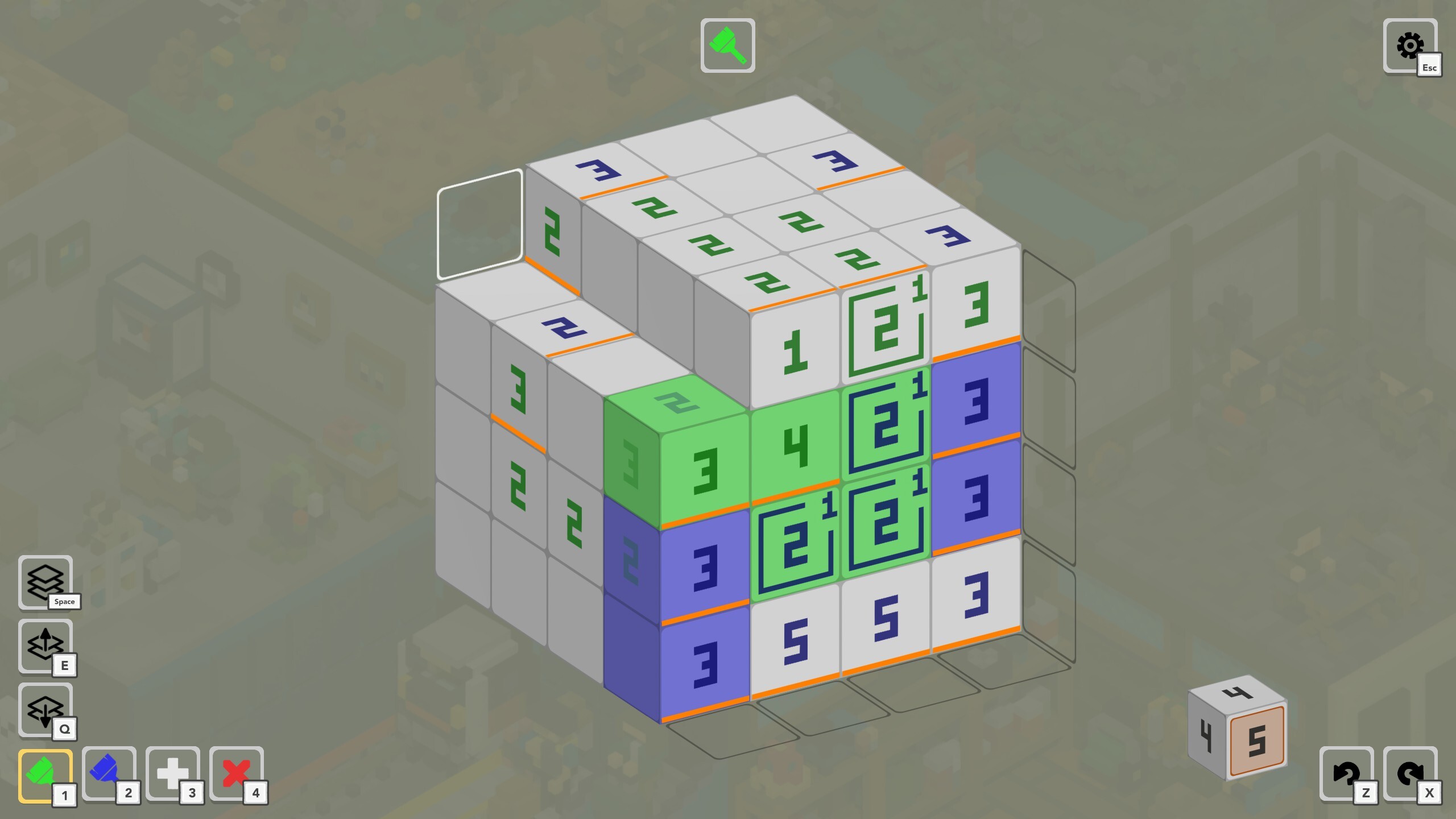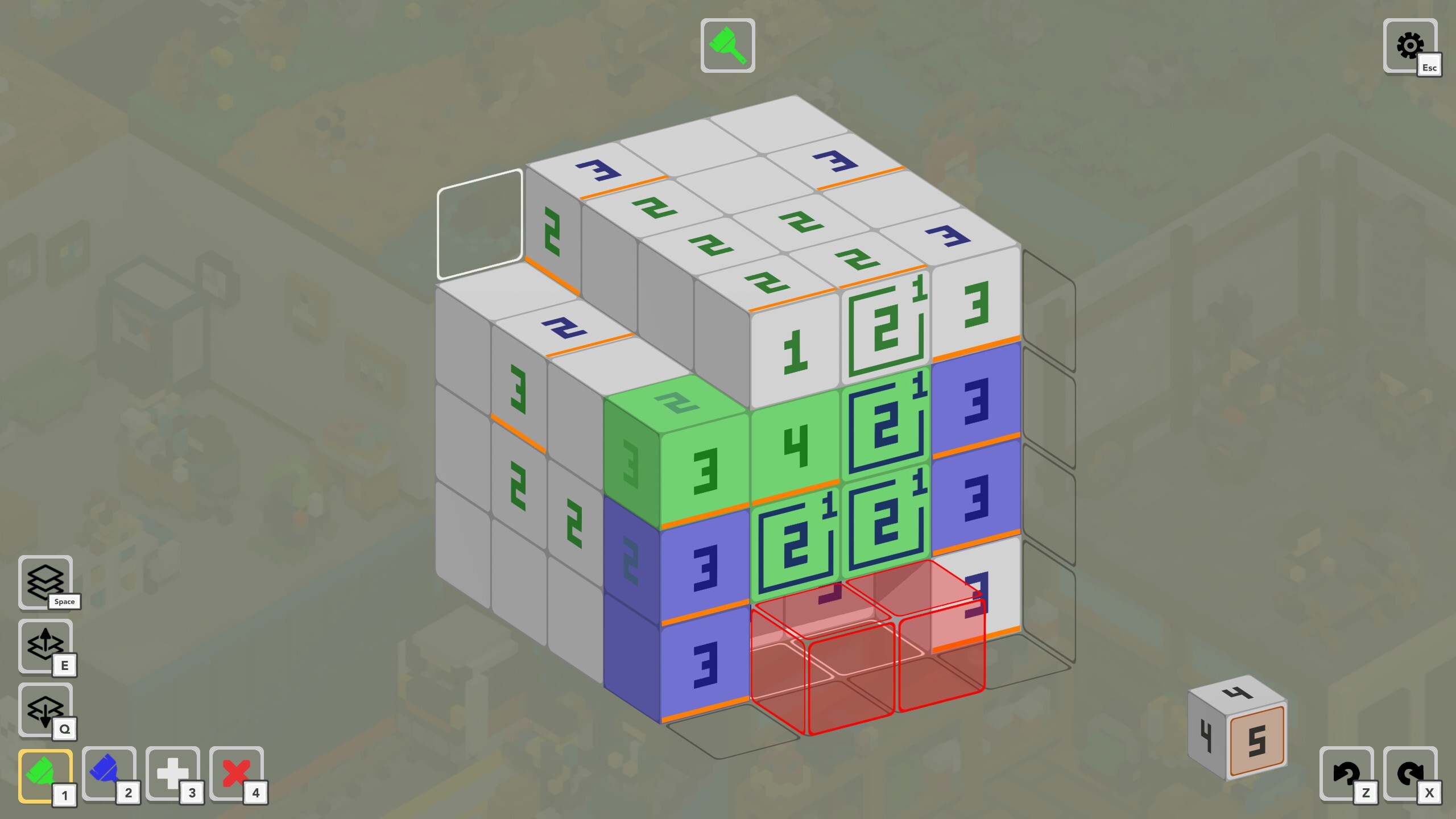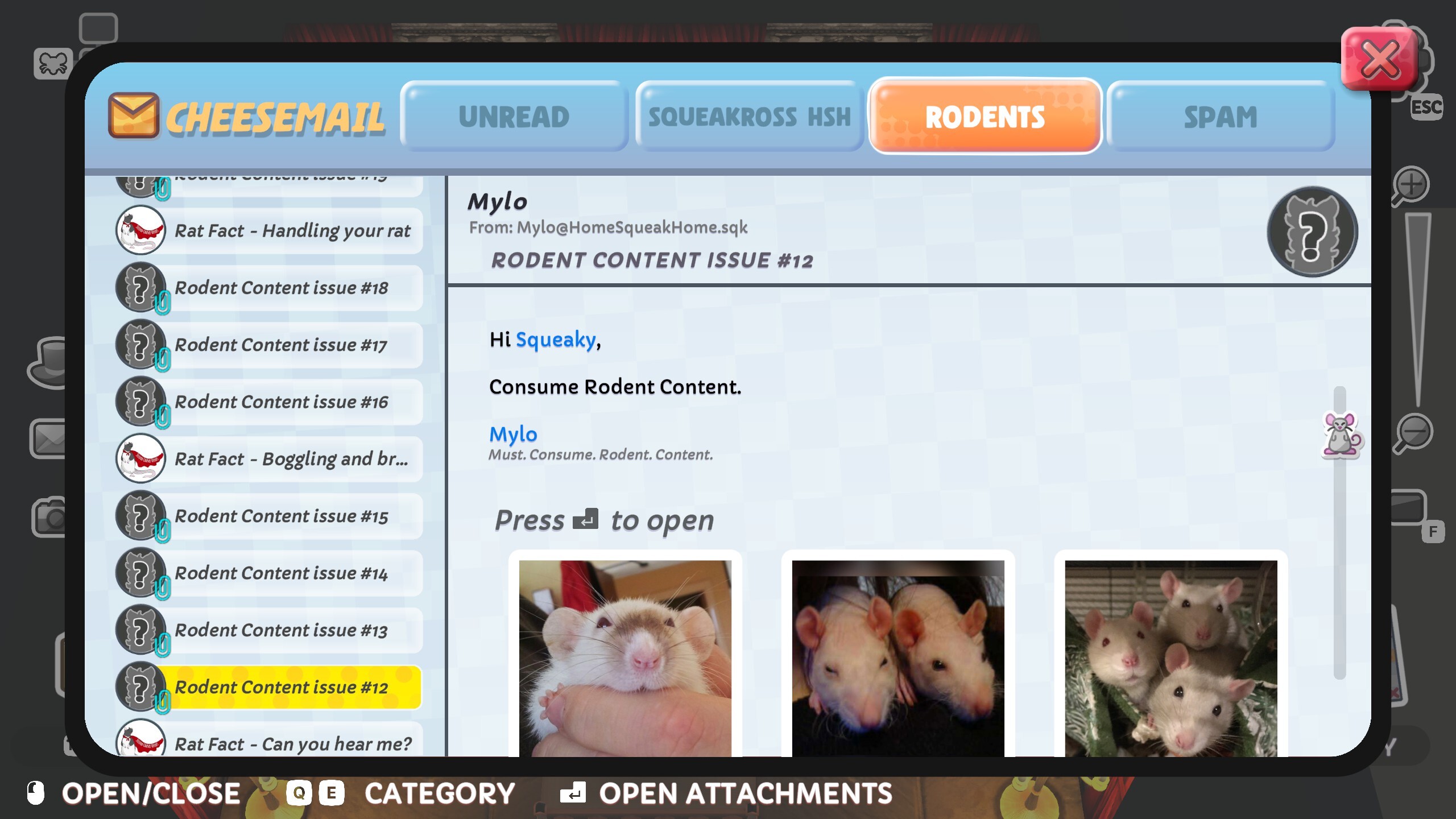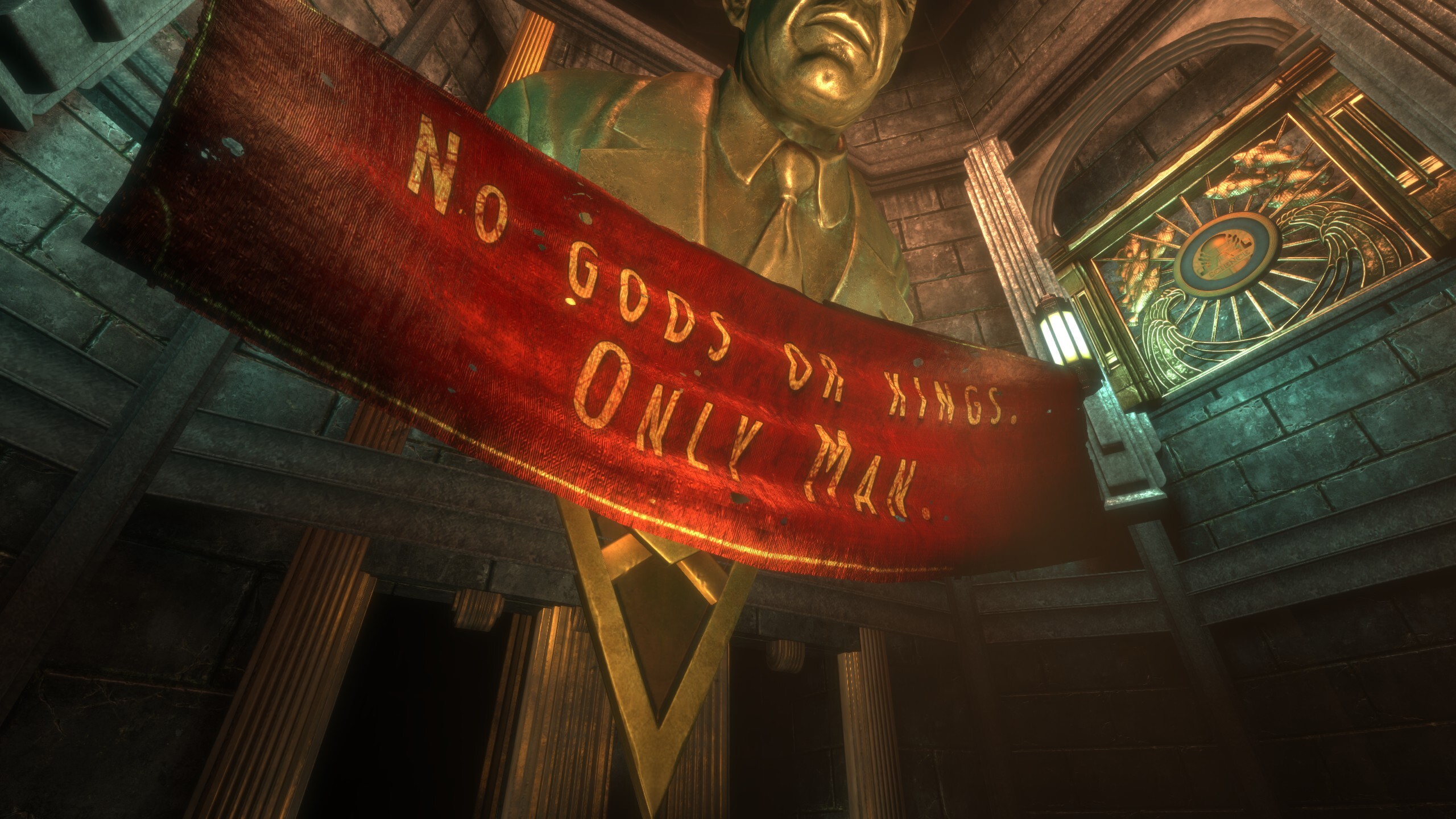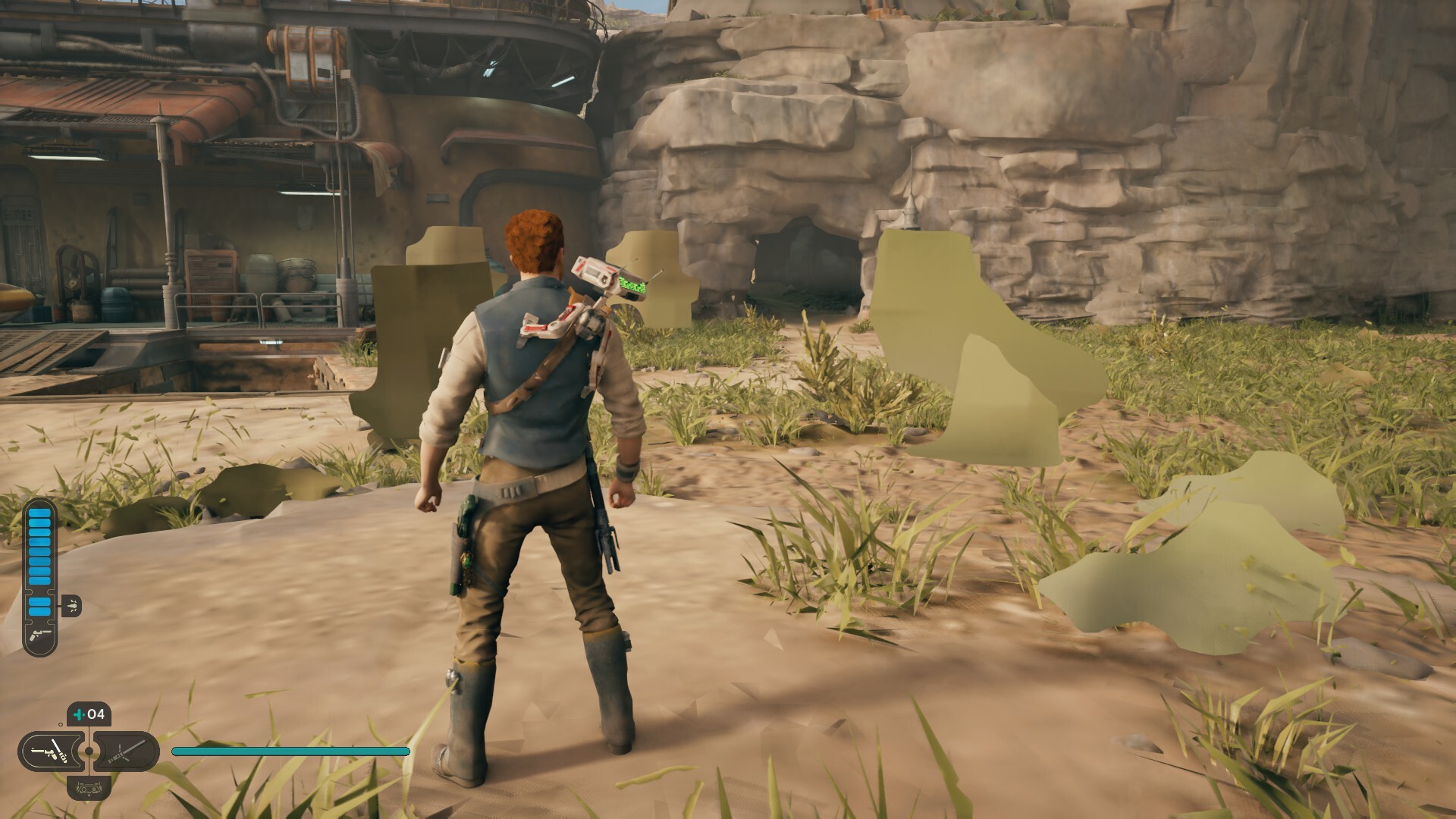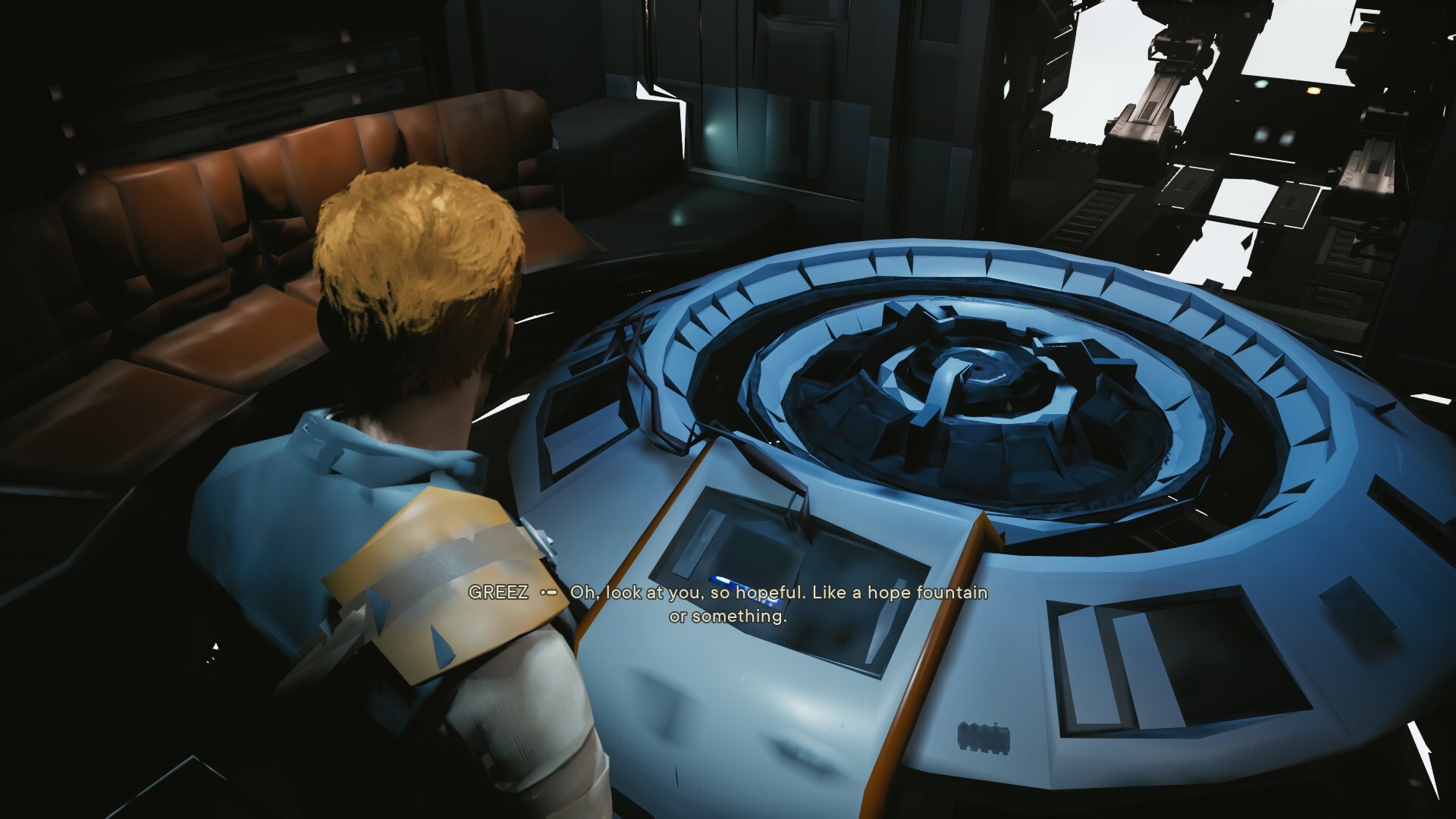Skyrim is still an incredibly fond memory for me: it was the first Bethesda RPG I dove into, and I loved getting lost in its vast, dense world. The constant tease of a side-story just off the beaten path, and the surprising depth of its lore, made for a thoroughly engrossing adventure that I wish I could experience all over again.
Oblivion Remastered's sudden release was a perfect opportunity to try fulfilling that wish; sadly, for a few reasons, it fell short of my hopeful expectations. It's still been a fascinating experience, though, even if my time in Cyrodiil hasn't measured up against its northern neighbor.
One shortcoming of Oblivion's remaster is - quite understandably - that its core content remains two decades old. The map may be huge, but it isn't as richly detailed as modern genre entries -- that "constant tease of a side-story" I was looking for is, true to this game's 2000s-era origins, more like "constant talking to NPCs for a quest prompt."
A lot of the content here is kinda repetitive, too: from those NPCs' frequently-reused lines of dialog (especially their insipid "rumors" which are frequently some sterile lore factoid) to the titular Oblivion Gate dungeons (full of disappointingly bland paths and dreary copy-and-pasted tunnels).
There are some great storylines to follow in Oblivion, the main story's quests are legitimately gripping, and faction-based quests like the Mages Guild and Dark Brotherhood are well-scripted with some exciting twists. Looking for more narrative in the map's nooks and crannies, however, hasn't tended to accomplish much.
Another let-down in this remaster is overall convenience and usability -- and, yeah, I know it's a Bethesda game. But even after Oblivion Remastered's many, many quality-of-life enhancements, some truly baffling game-script jank and UI flaws mar this experience.
Like the fact that you can sort inventory by item weight, but not quantity weight, so the 2.0-heaviness item that you have 1 of will show as heavier than the 0.5-heaviness item that you have 50 of. It's just math, guys! C'mon.
And there's the map icons for caves, forts, and Oblivion Gates which don't show any indication of completion, even after a gate is closed forever.
And the NPC behaviors and schedules which, despite all the remaster's patches, still do some silly things like the Skooma addicts who...
... Gelephor will never return to the Imperial City. This is because the door can only be opened by those in the Bravil Skooma Den faction, and he is not. Since he cannot use the door, Gelephor will always be found outside the Den...
Again, yeah, it's a Bethesda game. I know and you know and they know that some jankiness is to be expected.
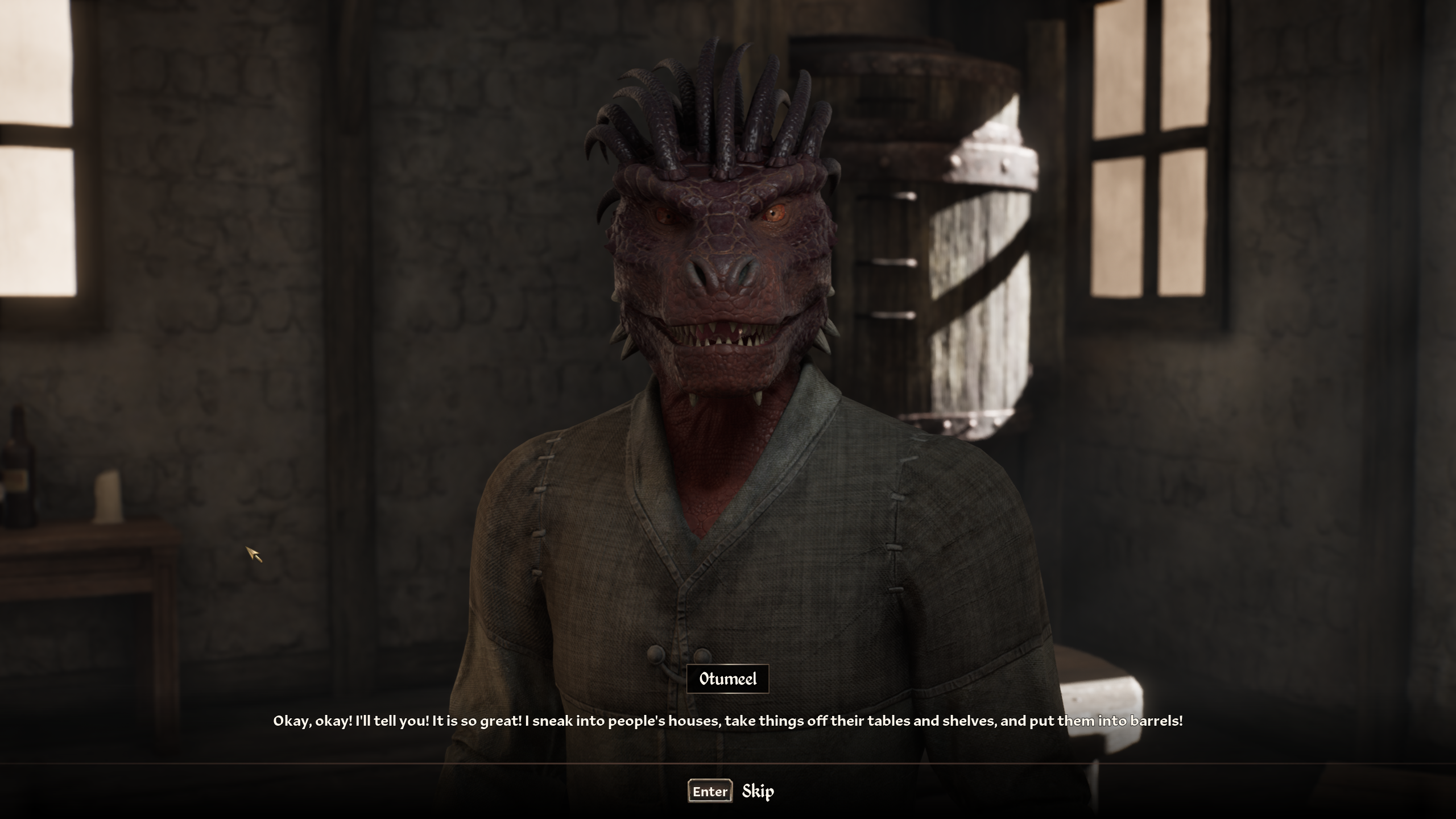
That's part of one other reason why Oblivion Remastered didn't help me experience an Elder Scrolls game "all over again" -- it's already so familiar to me.
After 140 hours in Skyrim, then another 180 hours in Skyrim's Special Edition and DLCs, and then 140 hours in Fallout 4, I've accumulated plenty of experience points in Bethesda's "style." The world-building and quest-scripting techniques that I found so fresh and exciting at first, simply don't hit me as hard anymore.
Which isn't to say I dislike the familiar feeling of unraveling Oblivion's narrative threads. There's still juice worth squeezing here: even after 80 hours of saving the Empire and ascending the ranks of its major factions, I'm still not done.
The Shivering Isles await!
Better than: Fallout 4, The Outer Worlds, probably attempting to replay the original.
Not as good as: Baldur's Gate III, The Elder Scrolls V: Skyrim - Special Edition, The Witcher 3: Wild Hunt
Becoming more aware of Bethesda's patterns: has dulled my enthusiasm for Starfield, and made me a little more skeptical about The Elder Scrolls VI.

